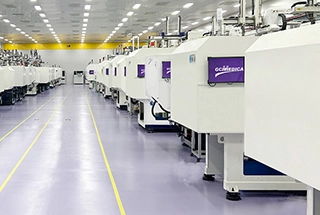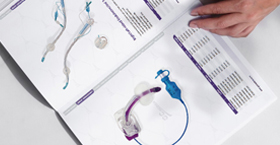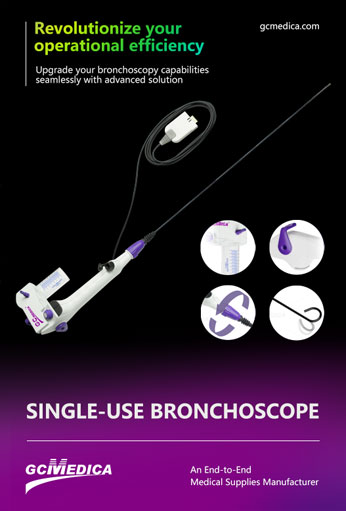Flexible and rigid bronchoscopy are two complementary techniques for visualizing and intervening in the airways. Though both allow direct inspection of the tracheobronchial tree, they differ substantially in equipment design, clinical applications, patient tolerability, and procedural considerations.
Instrument Design
Flexible Bronchoscope: A fiberoptic or video‐chip scope with a thin, steerable insertion tube (outer diameter 4–6 mm). It bends to navigate distal airways and can pass through an endotracheal tube.
Rigid Bronchoscope: A straight, hollow metal tube (typically 8–14 mm diameter) that is non-flexible and requires direct mouth or tracheostomy insertion.
Indications
Flexible: Diagnostic sampling (bronchial washings, brushings, transbronchial biopsy), airway inspection, endobronchial ultrasound (EBUS), and therapeutic suctioning or stent placement in critically ill or awake patients.
Rigid: Removal of large airway foreign bodies, control of massive hemoptysis, laser therapy, mechanical debulking of tumors, and dilation of stenotic segments.
Anesthesia & Patient Tolerance
Flexible: Performed under local anesthesia with conscious sedation; better tolerated in awake or high‐risk patients.
Rigid: Requires general anesthesia and muscle relaxation due to the size and rigidity of the instrument.
Visualization & Maneuverability
Flexible: Excellent reach into segmental and subsegmental bronchi; image quality has improved with video technology but has limited suction channel size.
Rigid: Superior suction capabilities and a wide working channel for bulky instrument passage, but limited to central airways and cannot access distal bronchi.
Complication Profiles
Flexible: Lower risk of airway trauma; potential for bleeding, pneumothorax with biopsy, or hypoxia in fragile patients.
Rigid: Higher risk of dental or oropharyngeal injury, greater hemodynamic impact, but provides airway control in life-threatening hemorrhage.
Below is a comparison table:
| Characteristic | Flexible Bronchoscopy | Rigid Bronchoscopy |
|---|---|---|
| Scope Diameter | 4–6 mm | 8–14 mm |
| Maneuverability | Highly steerable; reaches distal bronchi | Straight; limited to central airways |
| Anesthesia | Local + conscious sedation | General anesthesia + muscle relaxation |
| Suction & Instrumentation | Small‐bore suction; limited working channel | Large‐bore suction; accommodates rigid instruments |
| Common Uses | Biopsy, EBUS, BAL, stenting, suctioning in awake patients | Foreign body removal, massive hemoptysis control, tumor debulking |
| Patient Tolerance | Better in outpatient or high‐risk settings | Requires OR setting; higher physiologic stress |
| Complication Risk | Pneumothorax, minor bleeding | Airway trauma, dental injury, hemodynamic fluctuations |
Summary
Flexible bronchoscopy excels in diagnostic versatility and distal airway access under moderate sedation, making it the workhorse of pulmonary evaluation. Rigid bronchoscopy, though more invasive, offers robust airway control, superior suction, and the capacity to manage life-threatening central‐airway obstructions or bleeding. Choice of modality depends on the clinical scenario, patient risk profile, and required therapeutic interventions.
| Single Use Flexible Bronchoscopy > |

 Français
Français Español
Español Products
Products
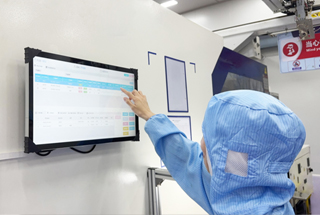
 About Us
About Us




